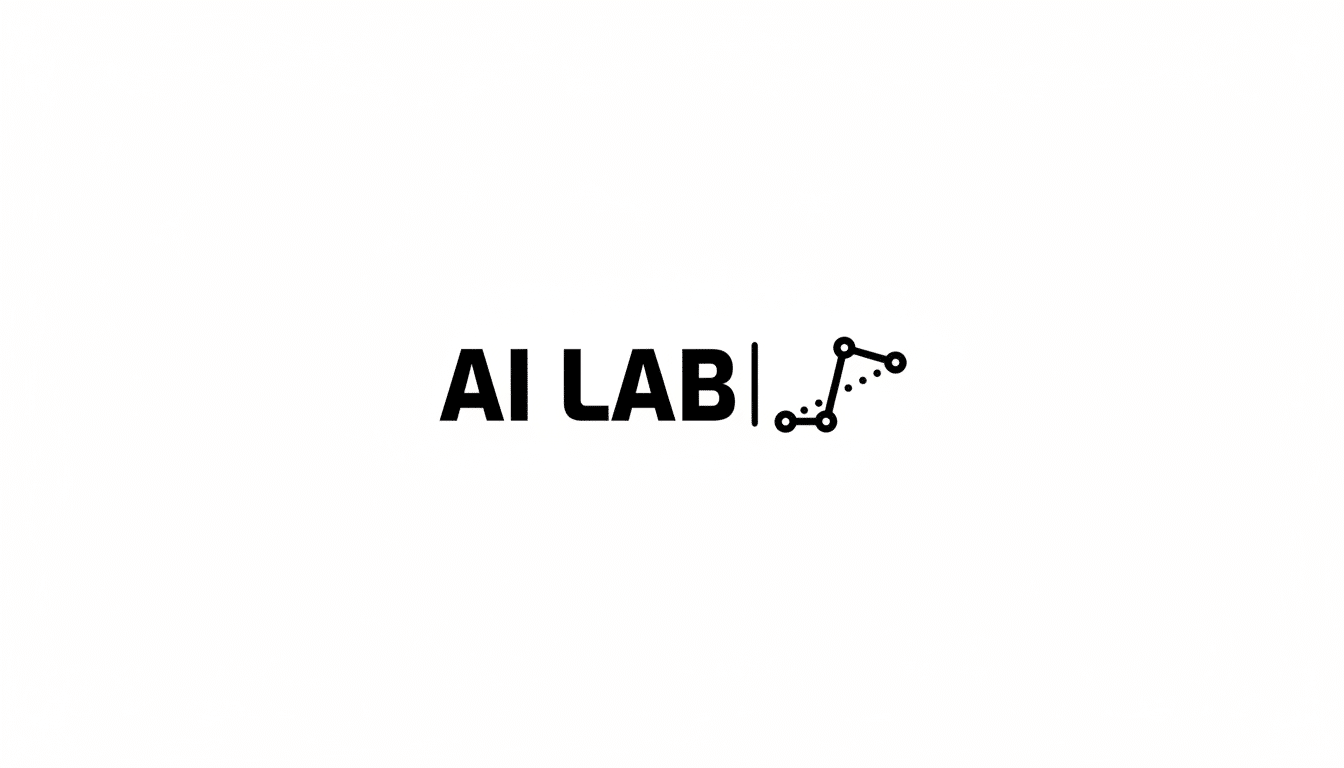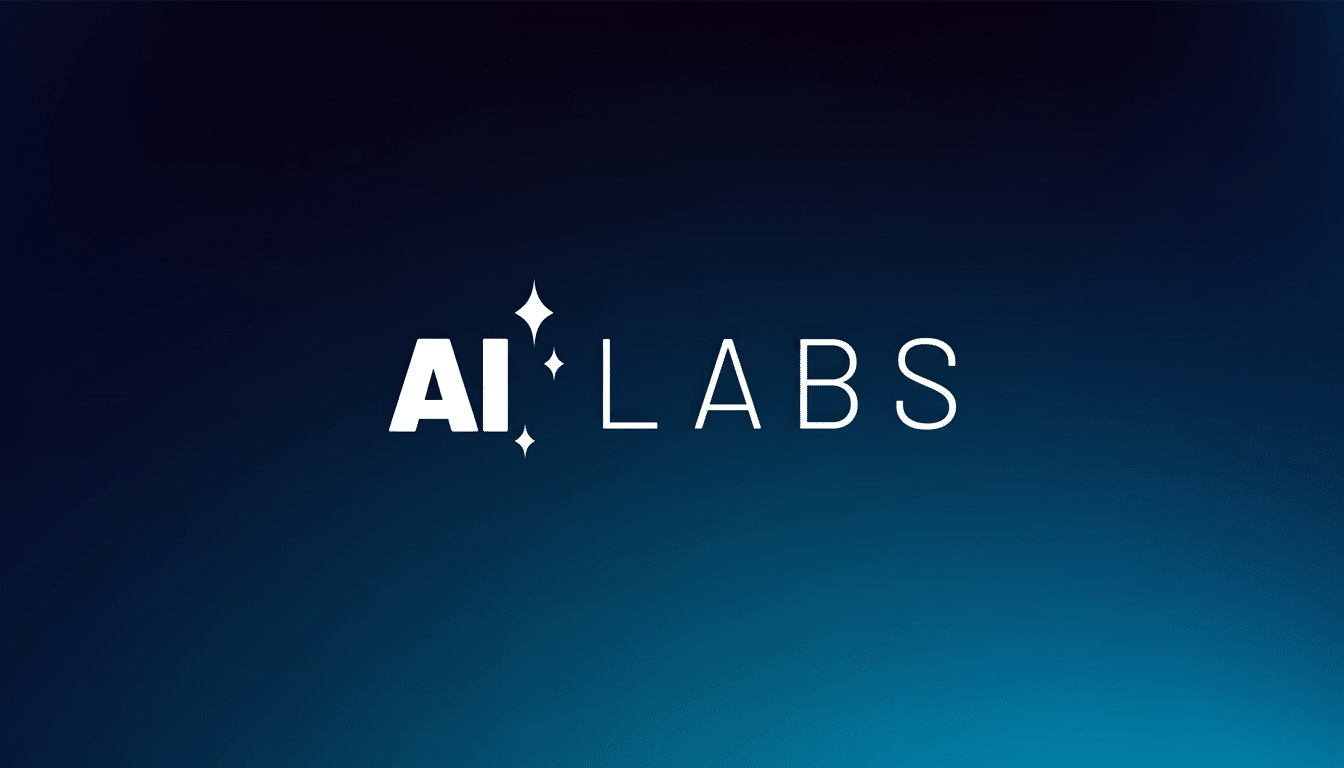VSCO is moving beyond presets, bringing out an AI-powered toolkit and full RAW file support. The update, which sees precision and pro-workflow tools being brought to mobile – in the form of non-destructive editing and content-aware detection tools, as well as a new space called AI Labs for everyday creators, working photographers and more.
AI Labs of the Future – Specialization Goes Precision
AI Labs is where VSCO’s banner tools reside, and the object removal tool debuts there as an option that can address problematic areas with brush, tap or lasso selections. Rather than being a blunt cloning tool, this app will analyze surrounding areas and integrate the background so that edges, grain and color consistency stand out.
- AI Labs of the Future – Specialization Goes Precision
- Full RAW workflow on mobile for serious image editing
- FLUX-enabled with An Upscale Boost on The Horizon
- Pricing and availability for VSCO Pro and AI Labs
- Background in a noisy AI editing space for photos
- What creators should watch when trying VSCO’s tools

VSCO says its method reduces telltale artifacts that often trail AI cleanup, with the goal of retaining texture in complex scenes like hair, foliage and low-light gradients. Edits are non-destructive, meaning photographers can reverse, or dial down directly from the advanced edit settings without having to revert back to the original image.
The workflow is anchored by content-aware region detection, so the app “knows” sky versus subject, or foreground versus background before generating a fill. It’s that context-first process that distinguishes good object removal from fixes that appear obviously cobbled together.
Full RAW workflow on mobile for serious image editing
Support of high-resolution RAW files is a big one. But RAW holds onto your sensor data — often 12 to 14 bits worth of tonal information — so that when editors want to recover highlights, lift shadows and balance color, we aren’t introducing banding. On mobile, that translates to no-wait serious dynamic-range work in your images on the go.
For shooters working with mobile DNG (RAW) format or importing files from mirrorless and DSLRs to phones, VSCO’s film-inspired looks can now be applied after exposure and white balance are dialed in — they’re no longer baked into each photo. This puts VSCO in line with the territory that apps like Lightroom have staked out for a while, but it maintains the brand’s aesthetic strengths.
Non-destructive RAW editing is also important for client work: you can iterate on color direction, export working versions and keep a relatively pristine audit trail intact for the time you have spent crafting revisions. An important consideration for this is that with mobile-first workflows, more and more paid projects are now delivered.
FLUX-enabled with An Upscale Boost on The Horizon
Behind the scenes, VSCO is employing some Black Forest Labs’ FLUX.1 Kontext to support new AI capabilities. Avoiding heavy reliance on full generative scene replacement, its method focuses on context-aware repairs so that compositions are preserved.
VSCO also teased an Upscale feature that will be intended to raise resolution and sharpen fine detail without the plastic look of artifacts. If it performs, that will help save slightly soft images or reframe crops for print without getting in overprocessed territory.

Pricing and availability for VSCO Pro and AI Labs
AI Labs is part of VSCO’s Pro tier, which costs $12.99 per month or $60 per year in the VSCO Studio app on iOS. There doesn’t seem to be any usage cap on the AI tools either, so there should be nothing preventing you from experimenting with batch edits and retouch-heavy sessions.
RAW support, non-destructive edits, and intelligent content-aware detection are now available alongside AI Labs, in a single workspace where capture-to-export can occur on one device.
Background in a noisy AI editing space for photos
VSCO’s move comes on the heels of other assistive photography features. Now Google has embraced Magic Eraser for consumer object cleanup, Apple recently added system-level Clean Up and Adobe has brought generative remove and advanced healing to Lightroom. VSCO’s bet is that photographers are looking for those conveniences without sacrificing creative control, or the nuance of a meticulously tuned grade.
For shooters on the job, the proof is often in how things are rendered under pressure: wedding confetti at ISO 6400; reflective surfaces or detail in textiles. If VSCO’s artifact reduction proves itself in these difficult cases, it does have a potentially credible road to sitting alongside such time-honored tools instead of just providing yet another novelty button.
What creators should watch when trying VSCO’s tools
Anticipate the largest time savings in time-sensitive work — cutting microphones from event shots, cleaning up distractions from street photography or giving your product images a quick shine in a fast turn. Watch for edge transitions and noise consistency under 100 percent zoom; that’s where lesser AI fill-ins cave.
The timing is also based on changing habits. And research companies like Rise Above Research have reported that consumers shoot well over a trillion photos each year, an increasing number of which are edited off-device or on the fly. Adobe’s latest creator economy survey also echoes the idea of mobile-first workflows becoming par for the course, not the exception. That’s the kind of thing VSCO is aiming to address with its move into RAW and AI.
The takeaway: VSCO is not so much a preset playground anymore. With AI Labs and RAW handling, it’s positioning itself as a serious photo editor for the iPhone — one that seeks to balance speed with the sort of nuance people actually want from photographers.

